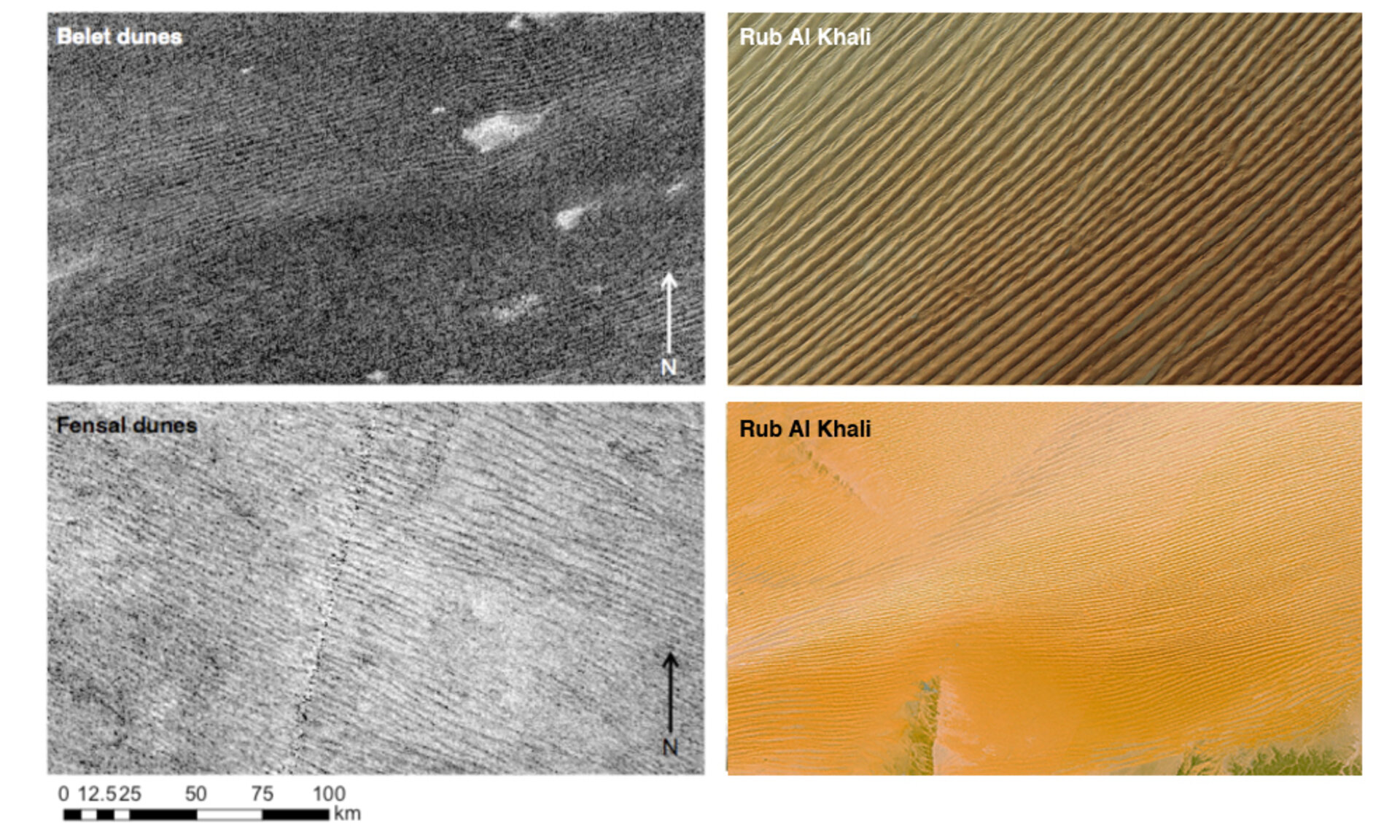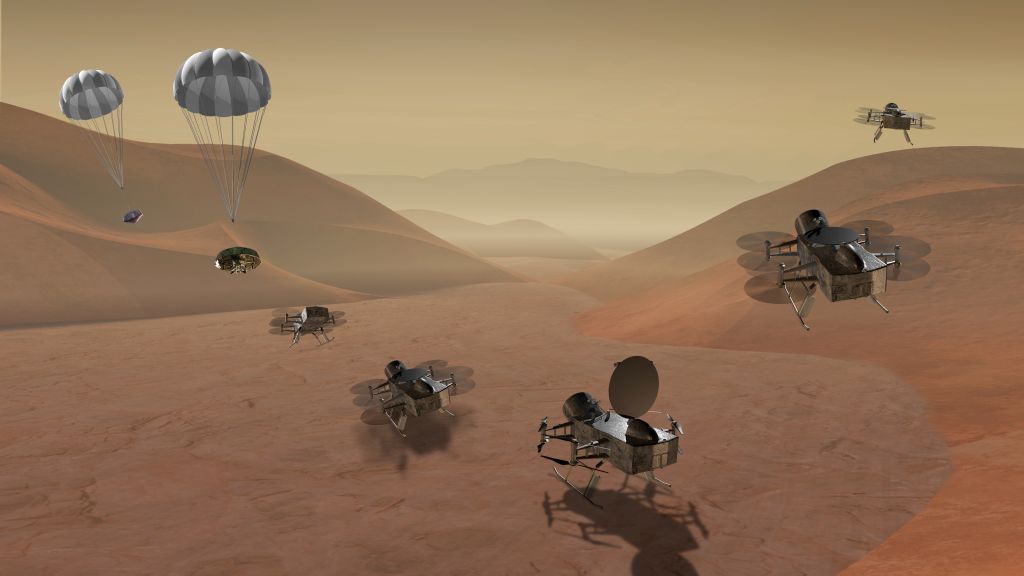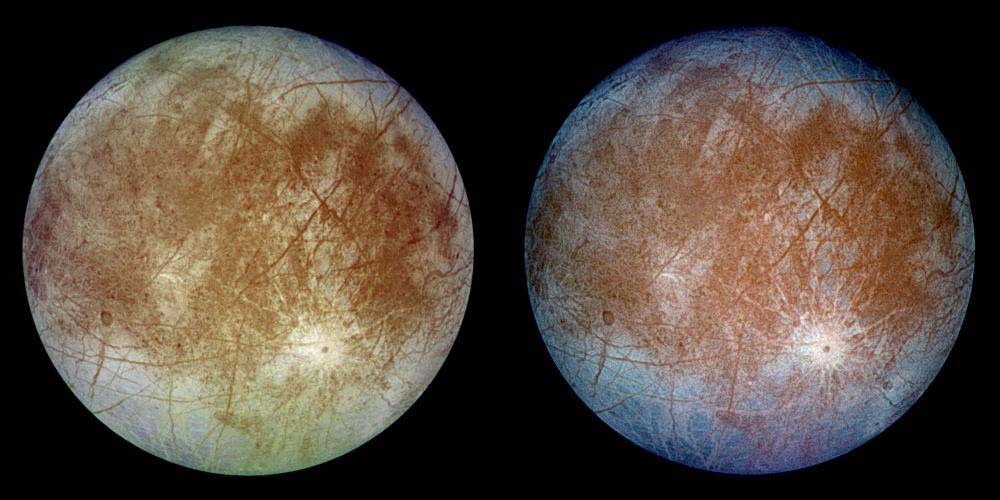Titan is one of the solar system’s most fascinating worlds for several reasons. It has something akin to a hydrological cycle, though powered by methane. It is the solar system’s second-largest moonMooner our own. It is the only other body with liquid lakes on its surface. That’s part of the reason it has attracted so much attention, including an upcoming mission known as Dragonfly that hopes to use its thick atmosphere to power a small helicopter. But some of the most interesting features on Titan are its lakes, and Dragonfly, given its means of locomotion, can’t do much with those other than look at them from afar. So another mission, initially conceived by James McKevitt, then an undergraduate at Loughborough University but now a PhD student at University College London would take a look at both their surface and underneath.
Continue reading “A Mission to Dive Titan’s Lakes – and Soar Between Them”Testing Heat Shields for Different Atmospheres
Testing is one of the unsung steps in the engineering process. Talk to any product development engineer, and they will tell you how big of a milestone passing “V&V” – or verification and validation – testing is. Testing is even more critical when you work on equipment meant for the harsh space environment. It is also more challenging to mimic those harsh environments on Earth. Luckily for some of NASA’s more critical upcoming missions, another government agency has a unique test lab to help V&V with some of its most critical components – their heat shields.
Continue reading “Testing Heat Shields for Different Atmospheres”The Ingenuity Team Downloads the Final Data from the Mars Helicopter. The Mission is Over
I really can’t believe that the Ingenuity helicopter on Mars took its maiden voyage in April 2021. On the 16th April 2024, engineers at NASA have received the final batch of data from the craft which marks the final task of the team. Ingenuity’s work is not over though as it will remain on the surface collecting data. For the engineers at NASA, they have their sights set on Dragonfly, a new helicopter destined for Titan.
Continue reading “The Ingenuity Team Downloads the Final Data from the Mars Helicopter. The Mission is Over”Are Titan's Dunes Made of Comet Dust?

A new theory suggests that Titan’s majestic dune fields may have come from outer space. Researchers had always assumed that the sand making up Titan’s dunes was locally made, through erosion or condensed from atmospheric hydrocarbons. But researchers from the University of Colorado want to know: Could it have come from comets?
Continue reading “Are Titan's Dunes Made of Comet Dust?”What if Titan Dragonfly had a Fusion Engine?
In a little over four years, NASA’s Dragonfly mission will launch into space and begin its long journey towards Titan, Saturn’s largest moon. As part of the New Frontiers program, this quadcopter will explore Titan’s atmosphere, surface, and methane lakes for possible indications of life (aka. biosignatures). This will commence in 2034, with a science phase lasting for three years and three and a half months. The robotic explorer will rely on a nuclear battery – a Multi-Mission Radioisotope Thermal Generator (MMRTG) – to ensure its longevity.
But what if Dragonfly were equipped with a next-generation fusion power system? In a recent mission study paper, a team of researchers from Princeton Satellite Systems demonstrated how a Direct Fusion Drive (DFD) could greatly enhance a mission to Titan. This New Jersey-based aerospace company is developing fusion systems that rely on the Princeton Field-Reversed Configuration (PFRC). This research could lead to compact fusion reactors that could lead to rapid transits, longer-duration missions, and miniature nuclear reactors here on Earth.
Continue reading “What if Titan Dragonfly had a Fusion Engine?”If Titan Has the Chemistry For Life, Dragonfly Could Find it

The highly-anticipated Dragonfly robotic rotocraft mission to Saturn’s moon Titan is scheduled to launch in 2027. When it arrives in the mid-2030s, it will hover and zoom around in the thick atmosphere of Titan, sampling the air and imaging the landscape. What could be more exciting than that!?
Well, actually … there’s more: Dragonfly will also be equipped with a mass spectrometer that will help it search for the chemistry of life in this alien world. Astrobiologists want to know if Titan has the same type of chemistry on its surface that Earth did in its early history, which could have helped give rise to life on our planet.
Continue reading “If Titan Has the Chemistry For Life, Dragonfly Could Find it”NASA has Built a Collection of Instruments That Will Search for Life Inside Europa and Enceladus

One of the most exciting aspects of space exploration today is how the field of astrobiology – the search for life in our Universe – has become so prominent. In the coming years, many robotic and even crewed missions will be bound for Mars that will aid in the ongoing search for life there. Beyond Mars, missions are planned for the outer Solar System that will explore satellites and bodies with icy exteriors and interior oceans – otherwise known as “Ocean Worlds.” These include the Jovian satellites Europa and Ganymede and Saturn’s moons Titan and Enceladus.
Similar to how missions to Mars have analyzed soil and rock samples for evidence of past life, the proposed missions will analyze liquid samples for the chemical signatures that we associate with life and biological processes (aka. “biosignatures”). To aid in this search, scientists at NASA’s Jet Propulsion Laboratory have designed the Ocean Worlds Life Surveyor (OWLS), a suite of eight scientific instruments designed to sniff out biosignatures. In the coming decades, this suite could be used by robotic probes bound for “Ocean Worlds” all across the Solar System to search for signs of life.
Continue reading “NASA has Built a Collection of Instruments That Will Search for Life Inside Europa and Enceladus”What’s the Right Depth to Search for Life on Icy Worlds?
Are we alone? Is there life beyond Earth? These are the questions that plague the very essence of science, and in particular, planetary science. Unfortunately, robotic exploration of exoplanetary systems currently remains out of reach due to the literal astronomical distances to get there. For context, our nearest star, Proxima Centauri, is 4.25 light years away, or a mind-blowing 40,208,000,000,000 km (25,000,000,000,000 miles) from Earth. Finding an intelligent civilization might be out of reach for now but searching for any forms of life beyond Earth is very much possible within the confines of our own solar system.
Continue reading “What’s the Right Depth to Search for Life on Icy Worlds?”Titan is an Alien World, but Surprisingly Familiar
Saturn’s largest moon, Titan, is a fascinating and mysterious world, a world literally shrouded in mystery due to thick clouds that cameras imaging in the visible spectrum cannot penetrate. This was made apparent when NASA’s Pioneer 11 became the first spacecraft to fly past Titan in 1979, and then NASA’s Voyager 1 and 2 in 1980 and 1981, respectively. All three spacecraft were equipped with cameras that were unable to penetrate Titan’s atmosphere of thick clouds, although atmospheric data from Voyager 1 suggested Titan might be the first body, aside from Earth, where liquid might exist on its surface.
Continue reading “Titan is an Alien World, but Surprisingly Familiar”A Mission to Explore the Methane Lakes on Titan
Titan has become a center of increasing attention as of late. Discoveries from Cassini have only increased interest in the solar system’s second-largest moon. Liquid on its surface has already prompted one upcoming mission – the Dragonfly drone NASA plans to launch in the mid-2030s. Now a team of dozens of scientists has put their names behind a proposal to ESA for a similar mission. This one is called POSEIDON and would specialize in exploring some of TItan’s methane lakes.
Continue reading “A Mission to Explore the Methane Lakes on Titan”






